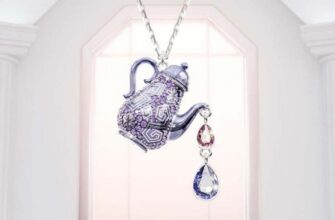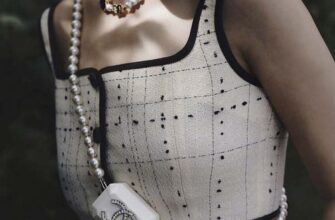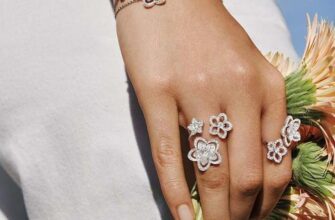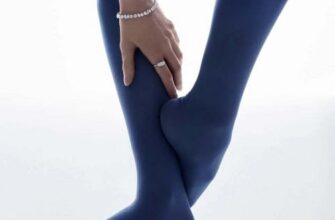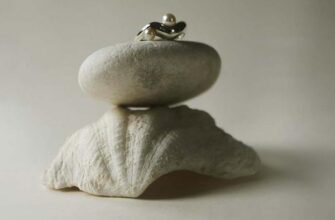Folk wisdom - a diamond is not as important as its cut. Perfectly executed and well-chosen in accordance with personal preferences, it is she who is responsible for the style, character and impression made by the product. From the latest observations, due to a properly executed cut, a piece of jewelry can look 2-3 times more expensive than its real price.
Agree, it's impressive! Therefore, we suggest recalling the most popular types of cutting and deciding on your sympathies: this is the category of knowledge that is never superfluous.
Oval cut

One of the most versatile options, which is equally well combined with the laconic design of classic pieces, and with unusual combinations inside modern pieces of jewelry art. The perfect choice for an engagement ring that you will wear indefinitely.
pear cut

The pear-shaped diamond gives designers complete freedom of expression: it can be placed at an angle, sideways or even upside down. However, so far the most popular is the execution, in which the stone is located with the rounded side down and the pointed tip up.
Cushion cut
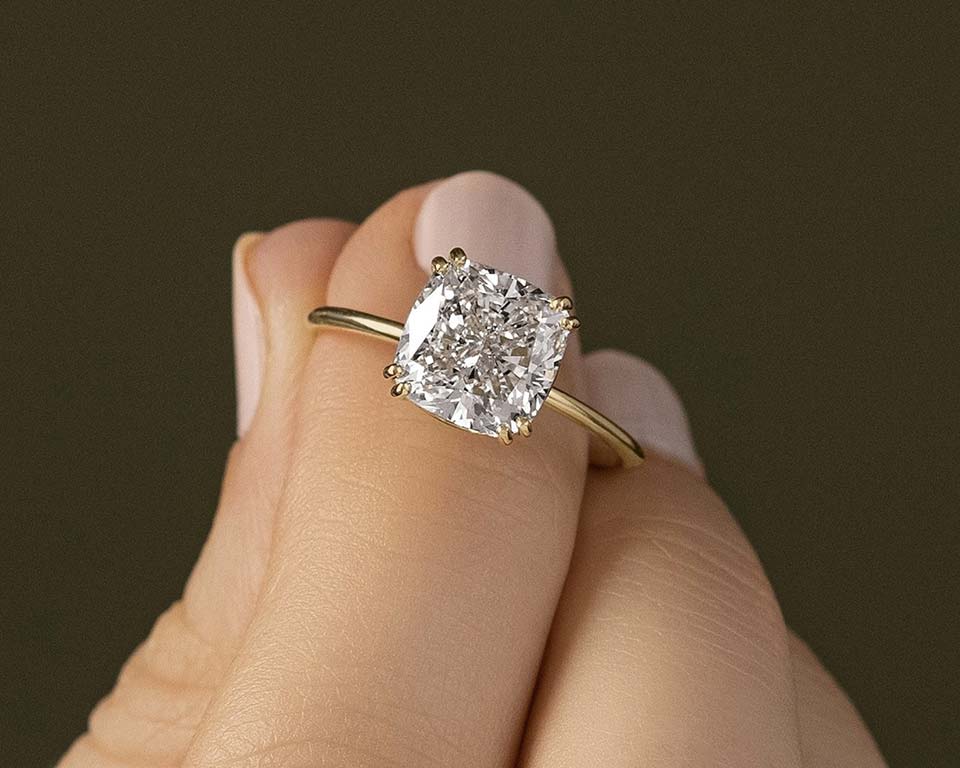
Cushion-like, these diamonds are characterized by curved sides and rounded corners. The delicate curves of the gem reflect light in an amazing way and, in addition, have a recognizable vintage aesthetic.
Rose cut
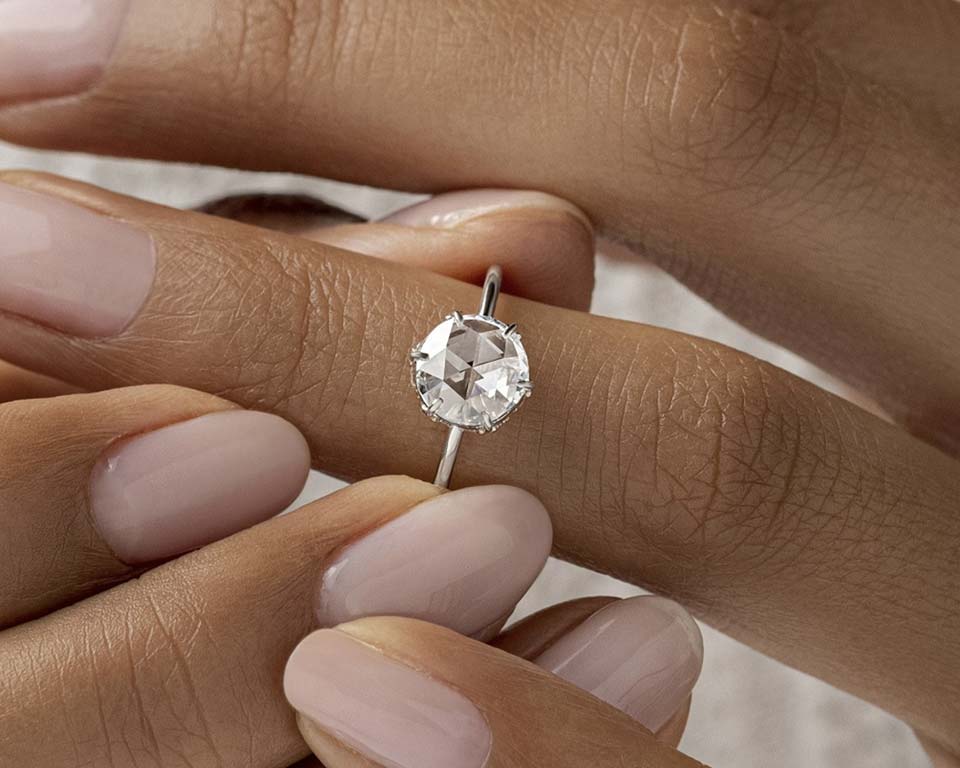
The unusual shape, invented in the 15th century in India, is experiencing a renaissance and continues to gain popularity. The faceted dome crown of the diamond is visually appealing and has the ability to radiate a subtle radiance that gently radiates from within the stone.
Emerald cut
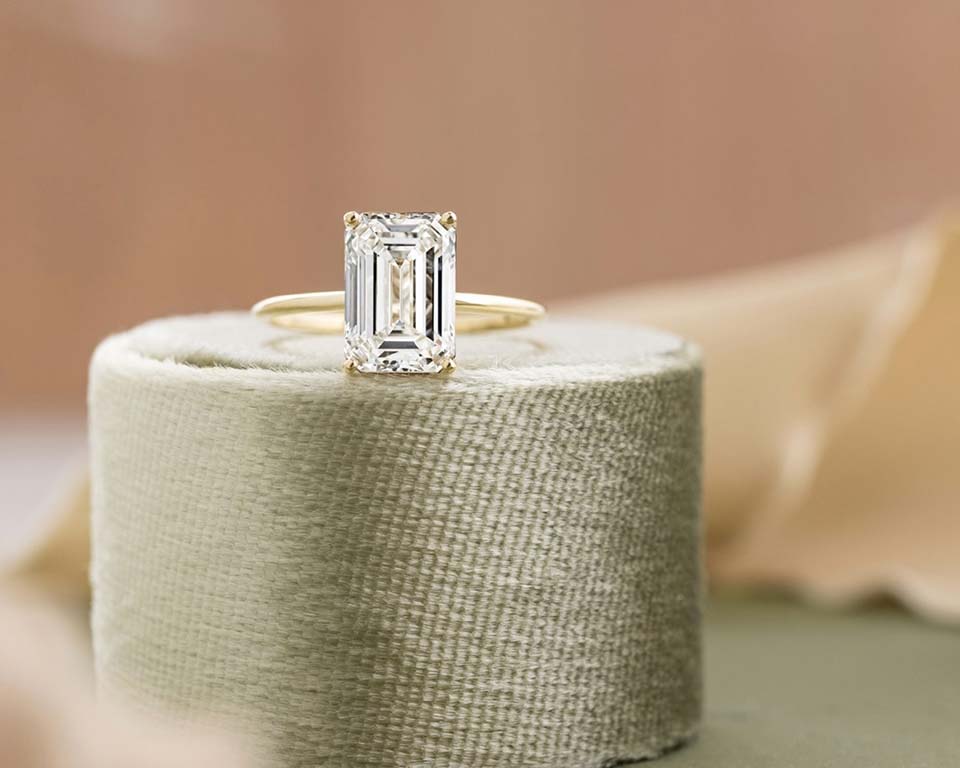
It is believed that the emerald cut was most widespread at the beginning of the 20th century and was widely used in Cartier jewelry, made in the art deco style (1912).
It is distinguished by a rectangular shape (however, there are also square ones) and is characterized by a high degree of glamour.
Marquise cut

Legend has it that the cut got its name in honor of the mistress of the French King Louis XV, the Marquise de Pompadour. Stones of this shape are usually arranged from east to west, while the arrangement "north-south" gives the decoration a tangible vintage mood.
Round brilliant cut
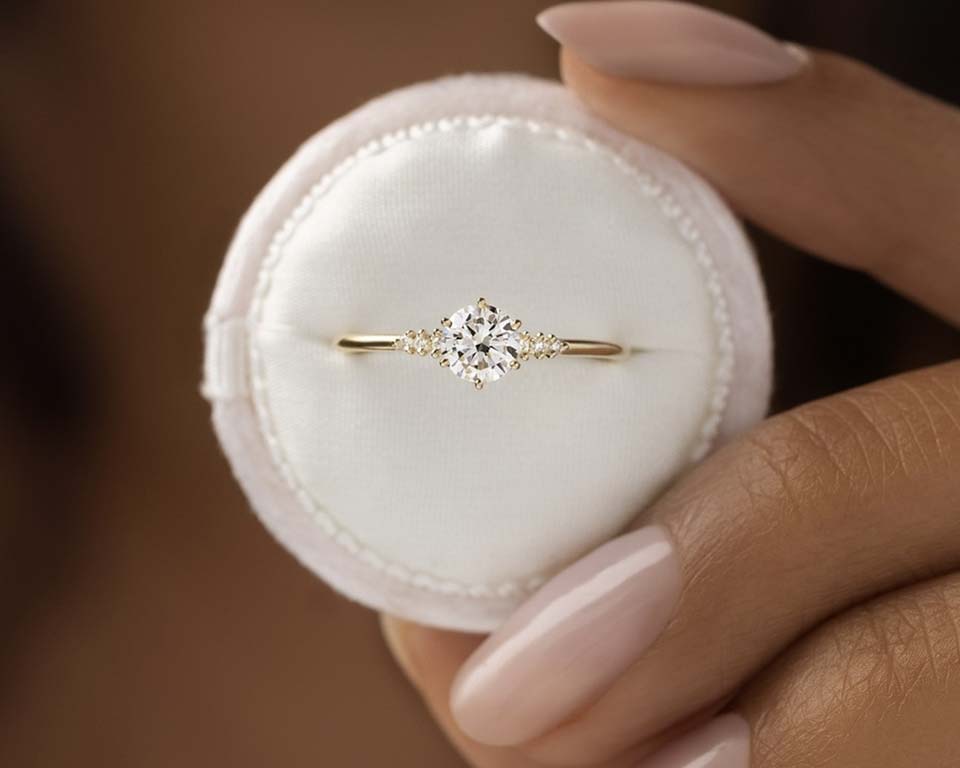
It's hard to imagine a more iconic image than a round diamond on a gold band as the perfect engagement piece. Although round diamonds have been around for hundreds of years, their shape only became perfect in 1919, when Marcel Tolkowsky published a mathematical calculation in his book Diamond Design that describes the ideal dimensions of a round diamond. Rings with such a stone are considered the most versatile and comfortable for everyday wear.


